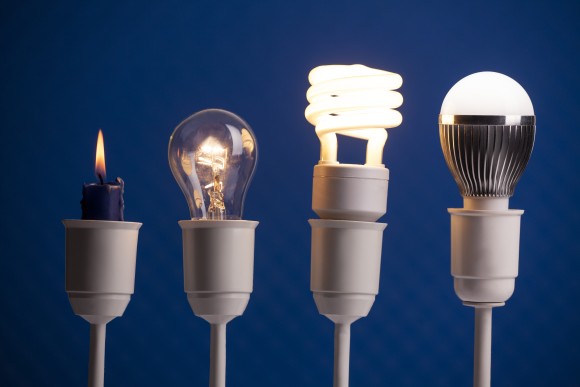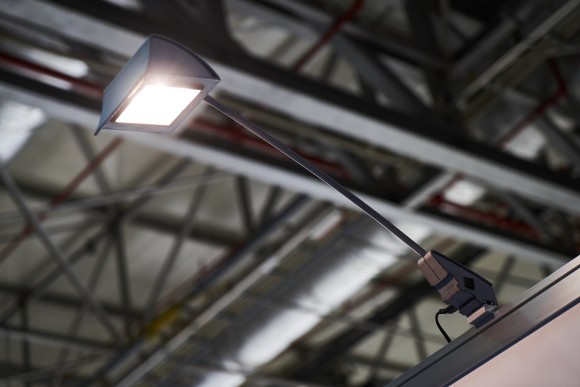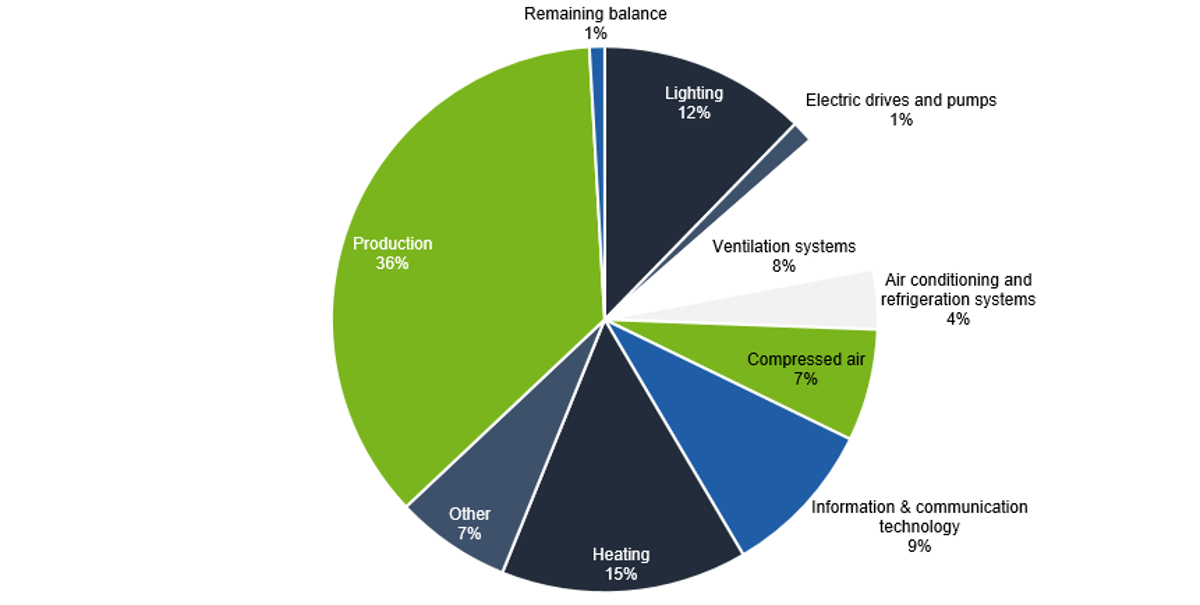Production and Value Adding
Energy: LED lamps – a worthwhile change
Discover the benefits of LED light sources for more sustainable lighting. With up to 90% lower energy consumption compared to conventional fluorescent tubes and mercury-free disposal, LEDs are the future of lighting technology.

TUNAP Sustainability Report | Production and Value Adding | Energy | GRI: 302-1 | GRI: 302-3 | GRI: 302-4
In times of rising energy costs, efficient lighting is in demand. Over the past years, LEDs have become increasingly popular. Apart from lower energy consumption, there are many other good reasons for replacing halogen lamps, fluorescent tubes and energy-saving lamps with LEDs.

High energy efficiency and lower CO₂ emissions
With LED technology, almost the entire energy is converted into light; the light output is much higher than with conventional lamps. This type of lighting also has virtually no thermal discharge. Therefore, because of the high light output, you need fewer lamps to achieve a similar level of lighting in a room. There are also considerable differences in service life.
For example, conventional fluorescent tubes have an average life of 10,000 hours, LEDs, depending on type, last for about 20,000 and even up to 50,000 operating hours before they have to be replaced. This avoids frequent replacement and maintenance of lamps. Since fluorescent tubes and energy-saving lamps contain mercury, production and disposal cause problems.
The advantages at a glance
- Up to 90% less energy consumption compared to fluorescent tubes
- Resources are saved because fewer lamps are required to achieve a similar level of lighting
- Much longer life
- No problems with disposal, as they contain no mercury

LEDs: Benefits with TUNAP
Suitable LED solutions are available even for potentially explosive areas. For a production facility at the Wolfratshausen site, more than 40 conventional fluorescent tubes were replaced by less than half the number of LEDs. As a result, the installed power fell by 4/5 and is below 1kW, with the same level of illumination.
Consequently, more than 10,000 kWh of electricity per year are saved at the Wolfratshausen site, which corresponds to an annual saving of 2 tonnes of CO2.
At the Wolfratshausen site, overall electricity consumption has been reduced by 2%. As a consumption group, lighting makes up approx. 10 to 12% of total electricity consumption within the TUNAP plants.
TUNAP Wolfratshausen: Proportion of the consumption groups

GRI: 302-1:
Energy consumption within the organization
GRI: 302-3:
Energy intensity
GRI: 302-4:
Reduction of energy consumption
Area: Environmental 300
More information:
Technical LED lamps in potentially explosive zones
Contact:

